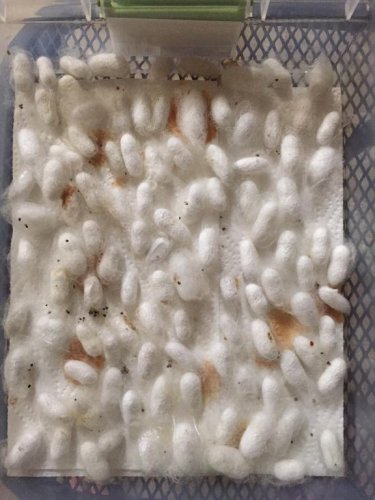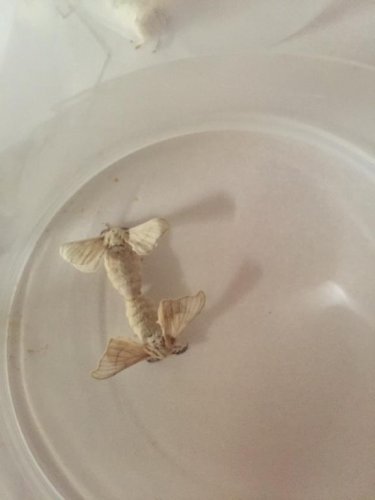LoosePin15
New Member
I bought a small batch (250) of silkworm eggs a while back and since my boy didn't eat even close to half, I figured I'd try to breed some. So far, it's going great!
I cut up some empty toilet paper and paper towel tubes, taped them to the sides of a container and transferred all the worms today at lunch. After realizing I had WAY more worms than paper tubes, I added in some egg crates to make sure they all had a place to spin cocoons if they chose to do so.
When I left at lunch, I had 6 or 7 cocoons. As of tonight, I'm closer to 15. It's amazing!
Pictures should be of the container before worms and the last two are with the worms. I'm stoked that they took to the container and started spinning almost as soon as I put them in there! Can't wait to see the next phase!
I cut up some empty toilet paper and paper towel tubes, taped them to the sides of a container and transferred all the worms today at lunch. After realizing I had WAY more worms than paper tubes, I added in some egg crates to make sure they all had a place to spin cocoons if they chose to do so.
When I left at lunch, I had 6 or 7 cocoons. As of tonight, I'm closer to 15. It's amazing!
Pictures should be of the container before worms and the last two are with the worms. I'm stoked that they took to the container and started spinning almost as soon as I put them in there! Can't wait to see the next phase!







